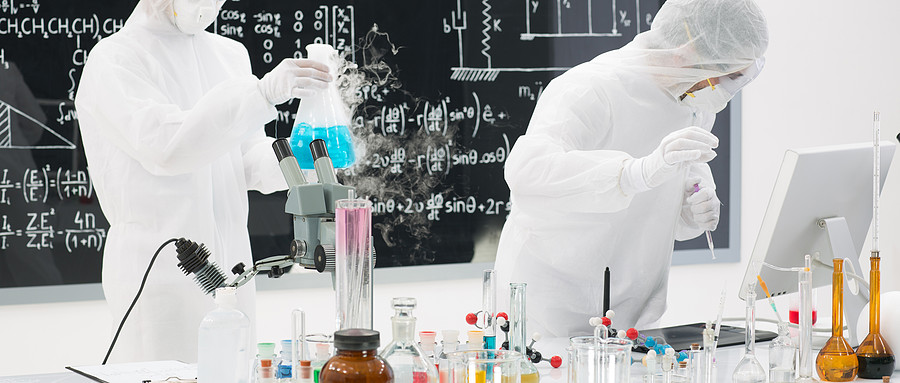




























Meixin Testing provides professional PCB hazardous substance testing services to ensure that PCB products comply with relevant environmental regulations and standards, reducing environmental and health risks.

| Project Overview
Detect potentially toxic and hazardous substances in printed circuit boards (PCBs), including heavy metals, red phosphorus, halogens, brominated flame retardants, phthalate plasticizers, persistent organic pollutants (POPs), per-and polyfluoroalkyl substances (PFAS), etc. Ensure that PCB products comply with relevant environmental protection regulations and standards, and reduce environmental and health risks.
| Project Objective
1. Ensure that products meet the requirements of environmental protection regulations such as ROHS, ELV, REACH, TSCA, Pro65, POPS, the "List of New Pollutants under Key Control (2023 Edition)" in China, and the Chemical Substances Control Law in Japan.
2. Provide a basis for quality control for manufacturers, and enhance the environmental performance and market competitiveness of products.
3. Identify and control potentially introduced toxic and hazardous substances in the production process, and reduce environmental and health risks.
| Testing Standards
IEC 62321-4 Determination of certain substances in electrical and electronic products - Part 4: Determination of mercury in polymers, metals and electronic devices by CV-AAS, CV-AFS, ICP-OES and ICP-MS,
IEC 62321-5 Determination of certain substances in electrical and electronic products - Part 5: Determination of cadmium, lead and chromium in polymers and electronic devices and cadmium and lead in metals by AAS, AFS, ICP-OES and ICP-MS,
IEC 62321-7-2 Determination of certain substances in electrical products - Part 7-2: Determination of hexavalent chromium - Determination of hexavalent chromium (Cr(VI)) in polymers and electronic components by colorimetry,
IEC 62321-6 Determination of certain substances in electrical and electronic products - Part 6: Gas chromatography-mass spectrometry (GC-MS) for polymers of polybrominated biphenyls and polybrominated diphenyl ethers,
IEC 62321-8 Determination of certain substances in electrochemical products - Part 8: Determination of phthalates in polymers by gas chromatography-mass spectrometry. Gas chromatography-mass spectrometry. Gas chromatography-mass spectrometry using a pyrolyzer/thermal desorption accessory (Py-Td-GC-MS),
European Union Directive 2000/53/EC (ELV Directive),
GB/T 30512-2014 Requirements for Prohibited Substances in Automobiles,
CPSC-CH-E1002-08.3, Analysis was performed by ICP-OES,
CPSC-CH-C1001-09.4 Standard Operating Procedure for Determination of Phthalates, analysis was performed by GC-MS,
US EPA 3550C & US EPA 8270D and Bisphenol-A(BPA) content was determined by Gas Chromatograph with Mass Spectrometry (GC-MS),
European Union Persistent Organic Pollutants (POPs) Regulations (EU) 2019/1021 & (EU) 2023/1608,
EN 14582 Characterization of waste - Halogen and sulfur content - Oxygen combustion in closed systems and determination methods,
ASTM D8421 Standard Test Method for Determination of Per- and Polyfluoroalkyl Substances (PFAS) in Aqueous Matrices by Co-solvation followed by Liquid Chromatography Tandem Mass Spectrometry (LC/MS/MS),
ASTM E3302 Standard Guide for PFAS Analytical Methods Selection,
CEN/TS 15968 Determination of extractable perfluorooctanesulphonate (PFOS) in coated and impregnated solid articles, liquids and firefighting foams. Related test standards such as Method for sampling, extraction and analysis by LCqMS or LC-tandem/MS.
| Service Products / Fields
Electronic products, household appliances, automotive industry, aerospace, medical equipment, communication equipment, etc.
| MTT Advantages
1. Professional Team: Equipped with a number of highly experienced testing engineers and technical experts.
2. Advanced Equipment: Equipped with internationally leading testing instruments to ensure accuracy and reliability of results.
3. Efficient Service: Rapidly responding to customer needs by providing a complete set of hazardous substance testing services for PCBs.
4. Authoritative Certification: The laboratory is certified by ISO/IEC 17025, ensuring that test reports have international credibility.